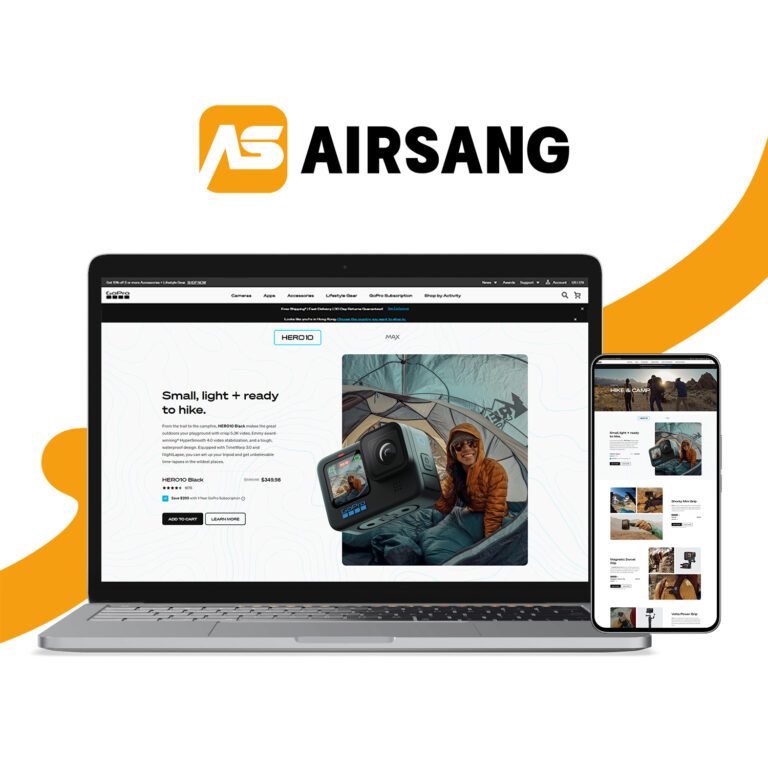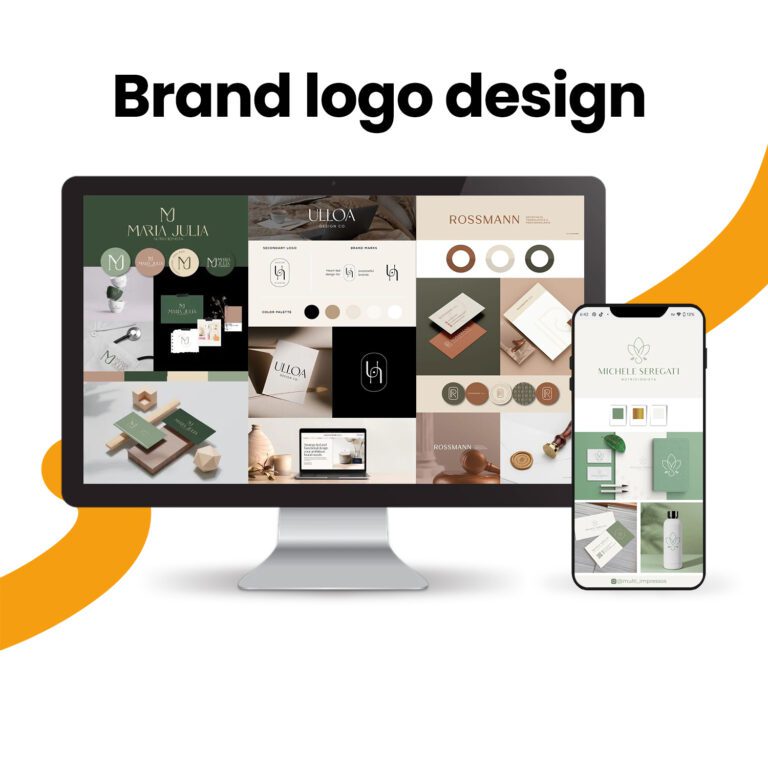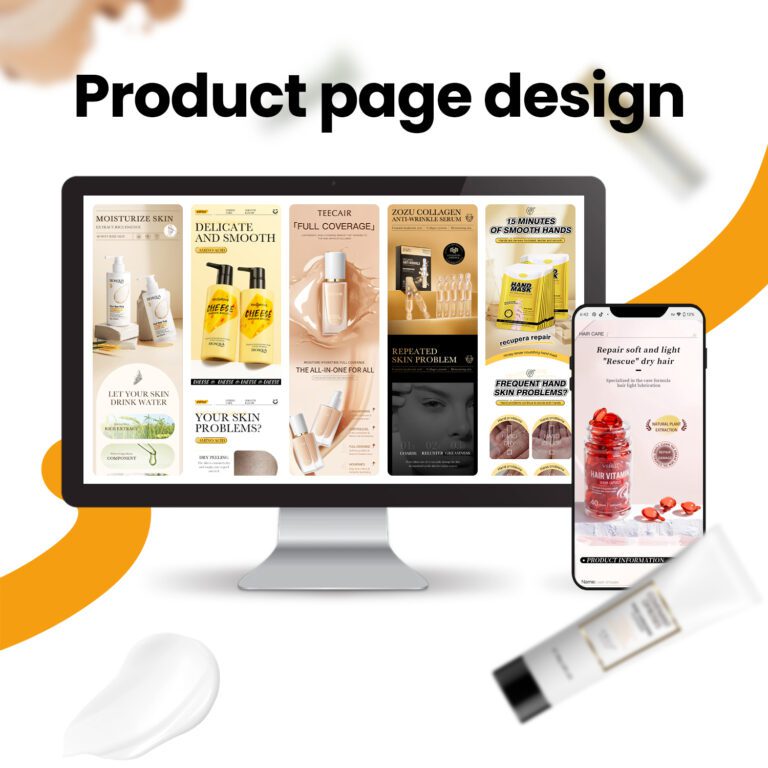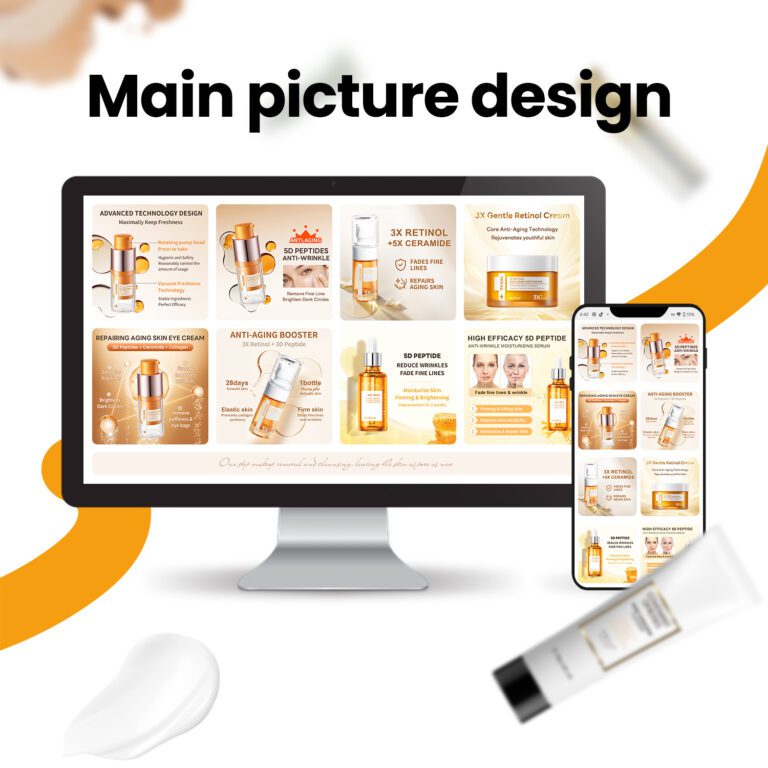BigCommerce vs Shopify: A Complete Comparison Guide

Introduction
Choosing between BigCommerce vs Shopify is one of the most frequent decisions brands face when building or scaling an eCommerce store. Both platforms are leaders in the market, offering powerful capabilities, but their approaches to usability, design, and scalability differ significantly. For businesses that want to create not just an online shop but a conversion-driven, customer-focused experience, this choice matters more than ever.
BigCommerce vs Shopify: Defining the Platforms
What Shopify Brings to the Table

Shopify is a globally recognized eCommerce platform designed for simplicity and flexibility. It emphasizes ease of use, drag-and-drop customization, and a wide ecosystem of apps that allow businesses to extend their store’s functionality. From solopreneurs launching a new brand to large enterprises scaling globally, Shopify offers tiered solutions, including Shopify Plus for high-volume merchants.
BigCommerce’s Position

BigCommerce takes a different approach. It targets merchants who want more advanced functionality built in by default. While its dashboard is slightly more complex, it reduces reliance on third-party apps by offering tools such as multi-channel selling, advanced product catalogs, and more robust tax settings out of the box. This makes BigCommerce appealing to companies that want enterprise-level power without layering too many add-ons.
Comparing BigCommerce vs Shopify
Ease of Use
- Shopify: Known for a clean, intuitive interface. Even first-time users can set up a store in hours.
- BigCommerce: Feature-rich but more complex. The learning curve can be steeper, especially for design changes.
Feature Availability
- Shopify: Offers essential features with thousands of apps for extras like subscriptions, loyalty programs, or advanced analytics.
- BigCommerce: Packs in more built-in features, especially useful for B2B sellers and large catalogs.
Design Options
- Shopify: Boasts a vibrant theme marketplace with modern, mobile-first designs optimized for conversions.
- BigCommerce: Provides fewer theme choices and can feel restrictive for businesses wanting highly visual branding.
Why Design is Central to BigCommerce vs Shopify
First Impressions Matter
In eCommerce, users form opinions within seconds. A polished, on-brand design can mean the difference between a bounce and a purchase. Shopify, with its wide selection of design templates and customizable elements, gives businesses an edge in creating visually engaging experiences.
Balancing Storytelling and Usability
Shopify empowers merchants to tell brand stories through immersive visuals, while still keeping navigation simple. BigCommerce, though functional, often requires more design intervention to achieve the same storytelling quality.
Mobile Optimization as Standard
With mobile shopping accounting for over half of global eCommerce sales, responsive design is non-negotiable. Shopify’s themes are built mobile-first, giving businesses confidence that their store looks great across all devices.
BigCommerce vs Shopify in Business Context
Pricing Models
- Shopify: Subscription plans are affordable for beginners, but costs can rise with premium apps.
- BigCommerce: More features are included upfront, but higher transaction volumes can push brands into pricier tiers.
Scalability
- Shopify: Handles growth from small stores to global enterprises with ease. Shopify Plus supports complex integrations and global expansion.
- BigCommerce: Strong for mid-to-large enterprises that require detailed product management and multi-channel tools.
Support and Ecosystem
- Shopify: A massive support network, forums, and third-party agencies make it easy to find help.
- BigCommerce: Reliable but smaller community, which can limit the availability of specialized design or marketing expertise.
BigCommerce vs Shopify: Real-World Scenarios
To Startups
- Shopify: Best for entrepreneurs who need a quick launch with minimal technical hurdles.
- BigCommerce: Often too feature-heavy for smaller teams without IT resources.
For Wholesale or B2B Sellers
- BigCommerce: Strong B2B functionality built in—price lists, customer groups, and tax rules.
- Shopify: Requires apps or Shopify Plus to match similar complexity, though the design side remains easier.
For Lifestyle and Visual Brands
- Shopify: Perfect fit. Fashion, beauty, wellness, and jewelry brands thrive on Shopify because design freedom directly impacts conversions.
- BigCommerce: Functionally solid but less design-oriented for highly visual categories.
How Design Shapes the Platform Choice
Conversion-Optimized Layouts
High-performing websites focus on smooth product discovery and simplified checkout. Shopify’s ecosystem of design features makes creating conversion-friendly layouts straightforward. BigCommerce can achieve similar results but often requires more developer involvement.
Trust Signals and Branding
Design isn’t just about beauty—it’s about building trust. Features like product reviews, shipping icons, and certification badges integrate more seamlessly in Shopify themes. This helps reinforce brand credibility at key decision-making points.
Long-Term Brand Growth
As businesses expand, design consistency becomes vital. Shopify’s ecosystem ensures merchants can scale their visual identity without reinventing their entire store design.
SEO and Marketing Impact
Built-In SEO
BigCommerce provides stronger SEO controls out of the box. For technical marketers, this is an advantage.
Design-Driven Marketing
Shopify’s design flexibility enhances SEO indirectly by supporting content marketing, blog integrations, and visually engaging landing pages. These features help brands rank higher while also converting visitors once they land.
Multi-Channel Growth
Both platforms integrate with marketplaces like Amazon, Walmart, and eBay. However, Shopify’s marketing apps and design-first approach often make campaigns feel more cohesive.
Where Shopify and Design Converge
Checkout Experience
Customers expect fast, intuitive checkout. Shopify excels at delivering smooth checkout flows with customizable branding, which helps reduce cart abandonment.
Storytelling Through Visuals
From immersive product galleries to lifestyle banners, Shopify allows businesses to design experiences that go beyond selling—inviting customers into a brand world.
Future-Proofing Through Design
Brands choosing Shopify can trust that the design ecosystem will continue to evolve, keeping their stores aligned with modern eCommerce trends.
Why AIRSANG Chooses Shopify
While both BigCommerce and Shopify have merits, Shopify’s design ecosystem aligns seamlessly with professional creative services. At AIRSANG, we specialize in turning Shopify stores into high-performing digital storefronts that combine aesthetics, usability, and strategy.
Our approach includes:
- Tailored Categories and Navigation to streamline product discovery.
- Conversion-Focused Layouts that reduce friction from homepage to checkout.
- Mobile-First Design ensuring flawless performance across all devices.
- Brand Storytelling Integration where visuals, fonts, and layouts align with your brand identity.
By leveraging Shopify’s strengths, AIRSANG helps brands move beyond “just another online store” into a memorable, results-driven eCommerce experience.
Conclusion
In the debate of BigCommerce vs Shopify, the right choice depends on business priorities. BigCommerce suits enterprises seeking advanced built-in functionality, while Shopify empowers brands that prioritize design flexibility, customer experience, and scalability.
For businesses ready to transform their online presence, Shopify—when paired with expert design—is the most future-ready solution. That’s where AIRSANG comes in. Our Shopify design expertise ensures that your store not only looks remarkable but also converts visitors into loyal customers, fueling long-term growth.
















